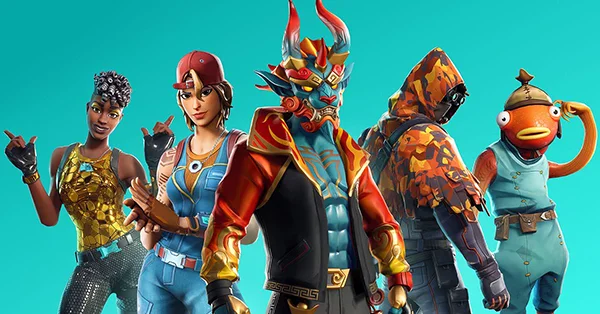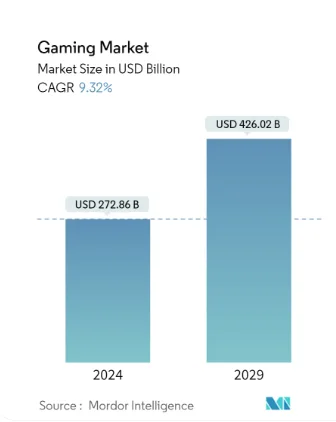
You know, in the early days of gaming, every time you’d find something in games like Easter eggs or win at some difficult level, you could get the video game company to mail you some trophies and collectibles.
These trophies served as symbols of your mastery and achievements in the games and one could proudly display them on their shelves right above our consoles and TVs.
But times have changed.
In 2024, it’s an all-digital space out there, and video game rewards have changed along with them.
It’s human nature to collect things and this has not changed even today.
People still like to collect things but the way to hold them has moved from the physical to the digital world.
In this blog post, we will take a look into the world of gaming rewards and how they have changed over the years.
The allure of digital rewards has been with us since the 1990s when arcade games were a thing.
You’d often see the high scores immortalized with initials on the screens of many games.
And at a time, when winning a game meant getting a stuffed bear, these high scores pretty much set us up for the craze for gaming rewards we see today.
So, no matter if it is a prize from the claw machine or a limited edition action figure from a console game pre-order, these prizes hold weight and occupy space in our lives.

These tangible items served as a memento of our mastery and achievements in the world of gaming.
Fast forward to today, and things have changed a lot and the way we play games has moved from the physical to the digital world.
AAA games rose to become a thing and so did the ways we receive video game rewards.
The early online games started giving players rewards in the form of skins or unique titles as marks for achieving the unachievable.
And these digital rewards quickly gained traction among the gaming community.
Today, these rewards don’t just act as a symbol of a player’s pride, they have turned into sprawling economies.
For example, think of all the rare items traded in MMORPGs like World of Warcraft or getting knife skins in Counter-Strike 2.
DID YOU KNOW?
Video game rewards are incentives for players’ achievements, progress, or participation. While collectibles are in-game items that can be gathered to earn rewards.
Gamers now value the glimmer of a virtual achievement more than they do physical replicas or memorabilia.
And this change wasn’t instant.
The gaming industry has been slowly moving towards a more digital reward system.
One where players can not only connect and showcase their achievements across borders to people beyond their immediate community.
As video games continue to evolve, getting rewards and achievements is getting more and more complex.
You now need to grind for hours on end to even gain a simple achievement.
But many online communities and platforms have come up that make getting and exchanging these rewards more fun.
For example, online platforms like Clash.gg make getting loot cases and skins more accessible and enjoyable.
These platforms have made opening loot boxes an easy thing by simplifying the process of gaining rewards.
The sense of anticipation before you open your rewards is something only those who have experienced it firsthand can describe.
These moments can be as memorable as the gameplay itself.
The days when only high skill or sheer luck were needed to get anything in-game, are long gone.
Now, anyone can go onto these platforms and choose from their favorite rewards and obtain them just as easily.
The digitization of the rewards system has not only changed how they can be obtained, but it has also created a place where the exchange of these items is promoted.
Many virtual marketplaces, trade networks, and even secondary economies have started to pop up around gaming collectibles that are pretty similar to shopping for clothes.

Items that could only be found in one game can now easily be transferred from one game to another.
These tokens are part of a gamer’s identity and are a way of displaying their fandom and dedication to a title.
But hey, the potential for digital rewards is not just limited to adding to one’s collection.
Just like some things that gain value over time, rare items and collectibles also gain economic value the harder they are to get.
Players are able to make a killing by selling these items on online marketplaces and platforms.
And just like that, collecting these items becomes both a hobby and an adventure.

The Gaming Market size is estimated at USD 272.86 billion in 2024, and is expected to reach USD 426.02 billion by 2029, growing at a CAGR of 9.32% during the forecast period (2024-2029).
The gaming industry has moved on from physical to digital spaces and their way of rewarding players has also done the same in the past couple of decades.
Today, games have evolved and the process of getting achievements and rewards has become much more complex.
Digital treasures are the core of the gaming culture and not just a way to show off one’s achievements.
They also act as a testament to the innovation and adaptability of the players.
Rewards can be used to show love and fandom for a title.
Also, these items can also act as an economical tool and many marketplaces have popped up to facilitate their exchange.
Plus, one cannot forget the value rare items can bring to the table.
Just like old physical collectibles can sell for a ton of money, rare items, and collectibles can be just as valuable.
And since they don’t fade with use or tarnish over time, it’s easy to see why they’re so popular among video game enthusiasts.
